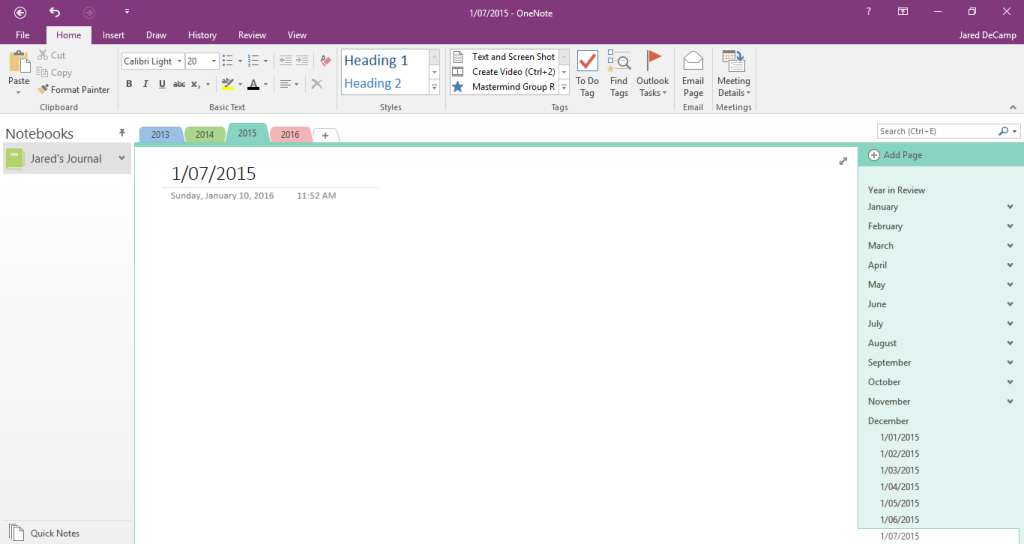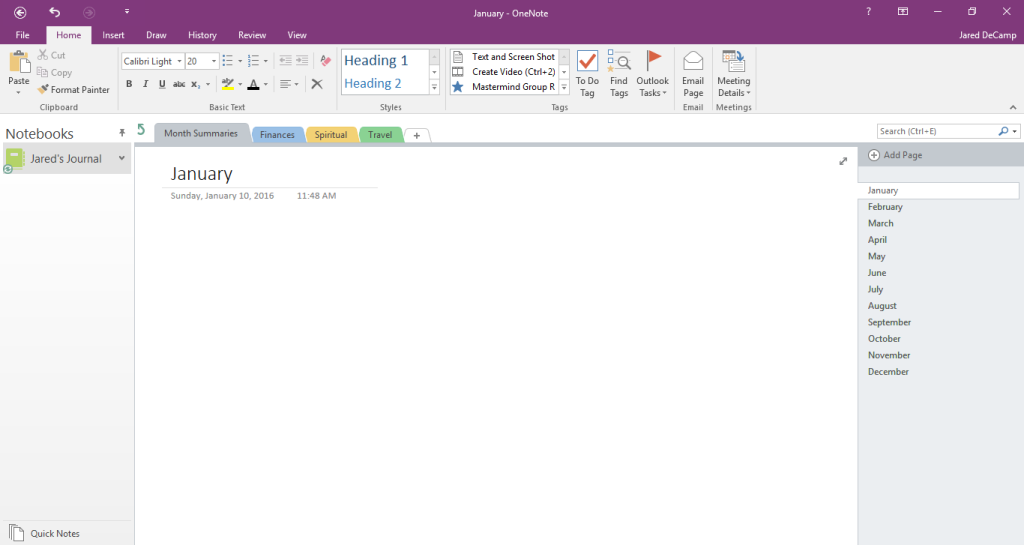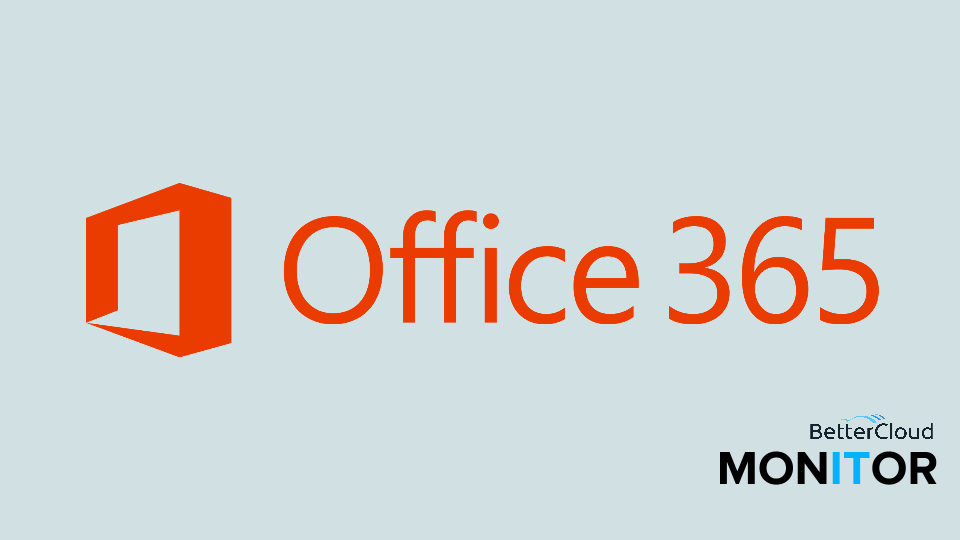Journaling With OneNote
4 minute read

Throughout history, great figures like Benjamin Franklin, Winston Churchill, and Helen Keller each had a habit of journaling. Even today, business and thought leaders are advocates and practitioners of journaling, as the Harvard Business Review shares.
You understand that journaling is important, but sometimes it can be difficult to find the right tools and develop the right habits. Did you know OneNote is an ideal tool for journaling?
Unlike a physical journal, your OneNote journal can expand as large as you need. Hand written text, typed text, audio recordings, video recordings, drawings, and doodles can all be added to the journal with ease, making it a multimedia option that is far more robust than its paper counterpart. Plus, your journal in OneNote is available on the desktop, tablet, or phone: with or without internet.
Becoming one of those historic people that impact the world in revolutionary ways won’t happen overnight, if at all, but with processes like journaling, you can become the best version of yourself. This post suggests tips to help you get jump-started with journaling in OneNote. Use the comments section below to suggest any other tips you have to share with other readers.
Organizing a journal in OneNote
OneNote has an organization structure that mimics an actual three-ring binder. There are pages within sections, and sections within notebooks. My suggestion is to create a new notebook that will be your journaling notebook.
Within your journal notebook, there are two best practices:
1) Create a section for each year, or 2) create a section group of each year with a section for monthly entries and sections for general topics like finances, spiritual, and travel topics. This is the approach I take to journaling: a more categorical reflection.
If you decide to create a section for each year, it may look something like this:

As you can see, each month has its own page with a sub-page for each day. For the page of each month, it can be blank, with just the name of the month, or you can more details to your monthly journal.
If you decide to create a section group of each year with sections of journaling topics, it might look something like this:

To take advantage of the diverse amount of features you can add to your OneNote notebook, you could summarize the month with links to pages that have more details on events. Maybe you went on a vacation or made a career change. These things can be added neatly in a summary with links to the specific date of entry. If you like to re-read your journals, you will love this option.
There are many other additional features you can add to your notebook that involve multimedia. Maybe you will want to record a monthly three-minute reflection, or, a quick web camera video recording, reality TV style. These other forms of media might help you open up in different ways than through writing. Seeing or hearing your thoughts will give you even more insight into your historic moments, when and if you choose to reminisce in the future. Here’s a video to learn how to capture audio and video with OneNote.
Password protect sections
When I published a journaling post on my personal site, some readers commented and emailed me with concern about privacy. I can understand that. Your journal should be a safe place for your thoughts, hopes, and dreams.
Fortunately, any section in OneNote can be password protected. This will prevent any content in a section from being viewable, unless you have the correct password. Watch this video on how to password protect a section with OneNote 2013. The process is essentially the same in OneNote 2016.
Formatting your entries
Journals vary from blank pages to rigidly formatted questions and answers. Your personal preference will dictate which format you choose. Fortunately, there are a few OneNote tricks to help with any format you prefer.
If you prefer a blank page to jot down your thoughts, I have two quick tips.
Quick Tip #1:
Each day you journal, use the shortcut ALT + SHIFT + D (on a PC), which will enter the date formatted: 1/3/2016. Using ALT + SHIFT + F will even add the time of day in this format: 1/3/2016 7:42 AM.
Quick Tip #2:
Adjust your page view. Click on the top right arrow of your OneNote page to expand to full page view, without distractions. Or, on the View ribbon, select the Rule Lines command and make your page have lines, just like a notebook. This can be especially helpful if you prefer to write your notebook with a “pen and paper,” or in this case a stylus and OneNote.
For a more structured format, using templates can be extremely helpful. Templates allow a page format to be duplicated again and again. To create templates, check out this step-by-step tutorial.
Sometimes, deciding on what type of template to use can be challenging. For inspiration, see The Five Minute Journal, or peruse the planners and journals in your local book store. Create a template just for you, that helps you accomplish your goals.
The best journal is one that is used
I deeply believe OneNote is the best journaling tool out there, but maybe not all of you will. That’s okay. The best journal is the one that is used.






